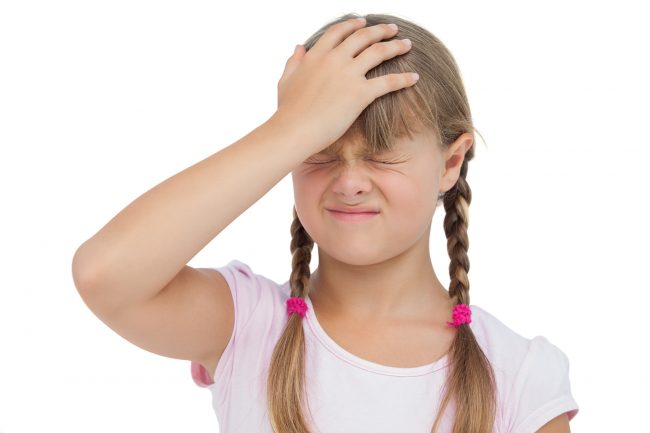
In the modern day, when children present with headaches, they are usually believed to be primary headaches, whether they be tension or migraine related. This can lead to signs of meningismus being ignored and or not followed through on in the majority of cases, and so doctors proceed from the idea that the neurological side of the children they are looking at is completely normal. Meningeal signs in children who present with headaches are in fact much more common than was previously believed. Some of the signs for meningeal presentations include nuchal rigidity, Kernig’s sign, Brudzinski’s three signs (upper, middle, and lower), the “tripod” sign, and Guillain’s and facial signs; the presence of these signs was regarded as meningismus syndrome.
Rather than it being a minor complaint felt by a minority of children, the neurological signs which precede and accompany meningismus have been found in a majority of cases. From the knowledge that a great many of them have accompanying neurological factors is something that could potentially change the way that headaches in children are treated and managed in the future.
What is Meningismus?
According to https://www.xpertdox.com/, meningismus, also known as meningism and pseudomeningitis, is a condition which replicates the signs and symptoms of meningitis without the actual disease developing. Meningismus is an irritation to the meninges which occurs totally independently of meningitis, and so has to be monitored carefully to ensure that it doesn’t turn into actual meningitis, or that it wasn’t actual meningitis all along.
What causes these headaches?
Chronic headaches in children, we are now discovering, are mainly caused by meningismus, rather than by any other cause.
There are no clear ideas for why meningismus can develop, but most people now adhere to the autoimmune theory: meningismus is a reaction to a particular infection occurring, normally a bacterial one. The headaches will normally start to happen a few months after the infection has occurred, because of the antibodies which were produced by the body to deal with the infection.
Ebstein-Barr virus is seen as another culprit when it comes to meningismus headaches. Children complaining of headaches could be due to them having an active infection – this can be found by either looking for the virus itself in the oropharynx or in the antibodies which the body naturally creates to fight infection.
Other symptoms can also include minor trauma to either the head or the neck, lifting things which are too heavy, or severe coughing.
Diagnosis
Diagnosing meningismus normally takes place in a clinical environment, with medical professionals paying attention to the entire medical history in order to determine whether or not a bacterial infection was ever in place. This takes place among other investigations, to rule out other explanations for the headaches.
Treatment
Bed rest in a recumbent position alleviates headache as well as the meningeal signs associated with meningismus. The meningeal signs are monitored during the course of bed rest.
The treatment for these types of headaches is normally bed rest, in a particular position which will take the pressure off the meningeal membrane.



